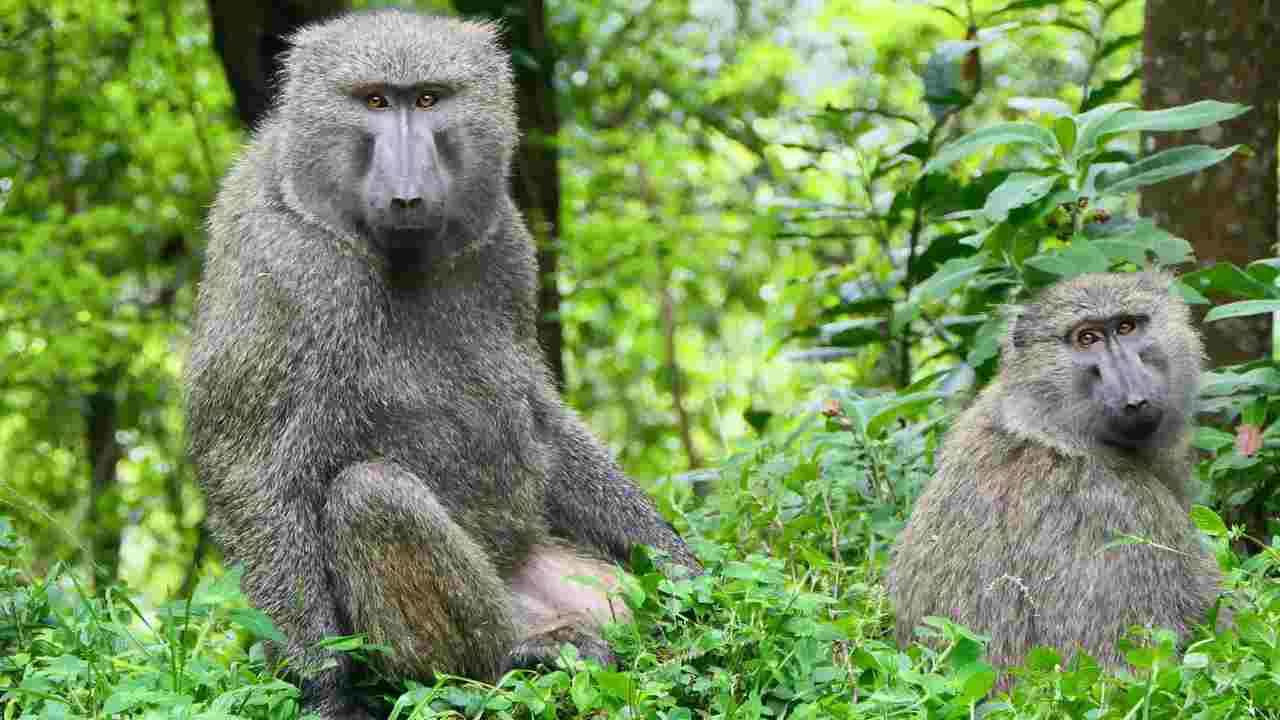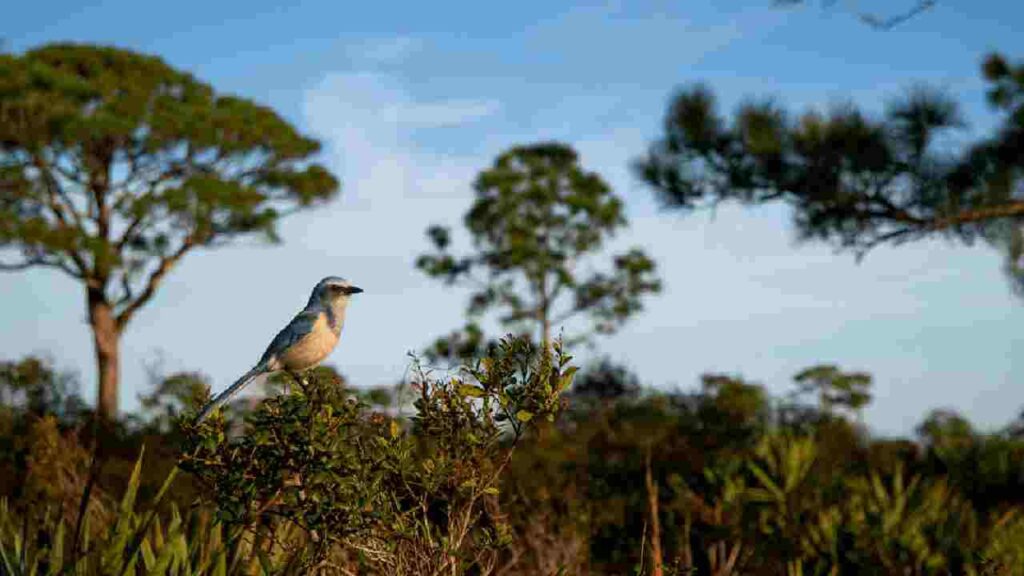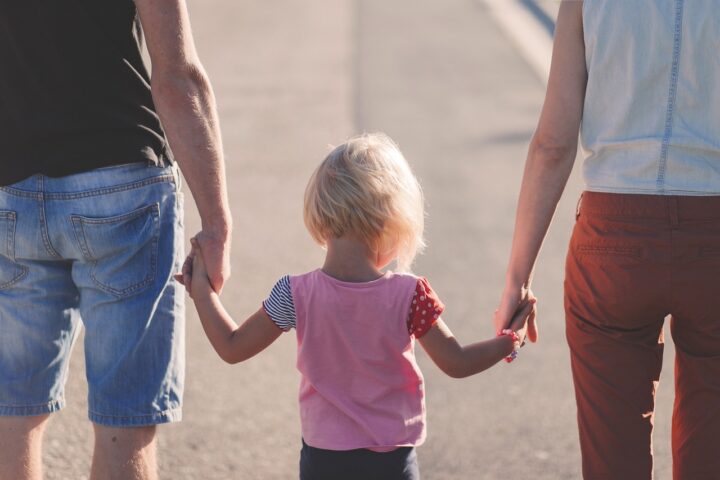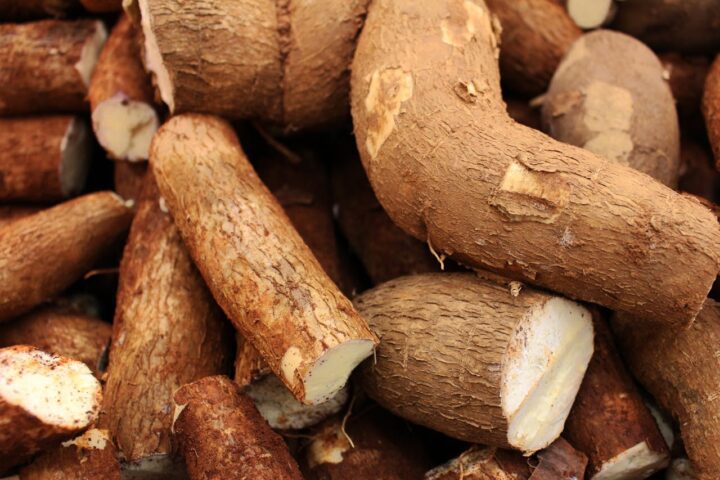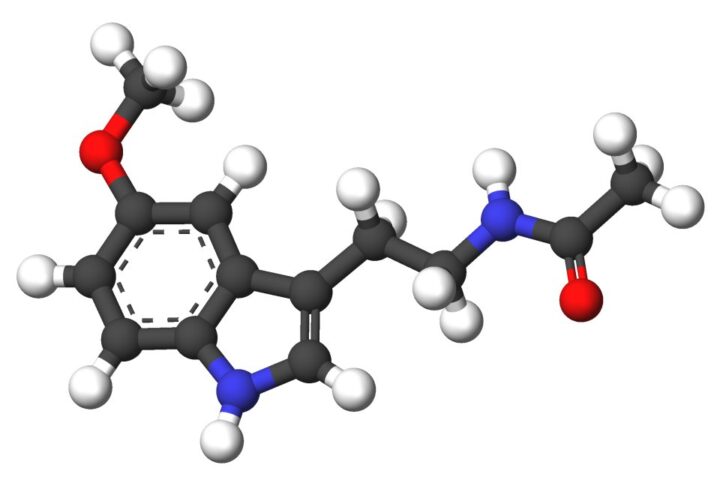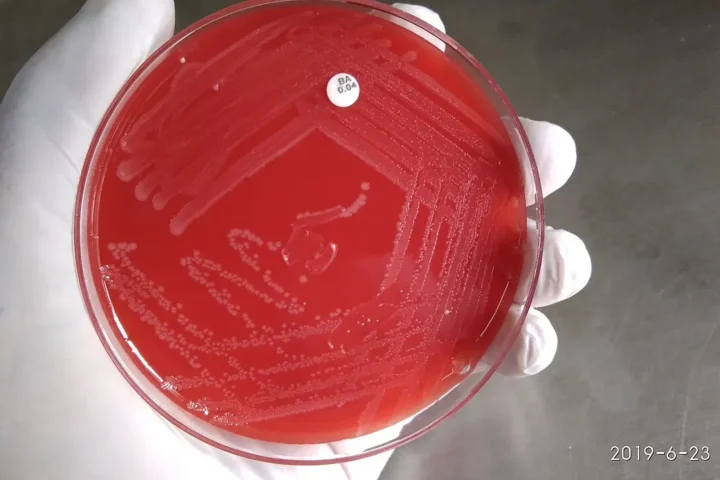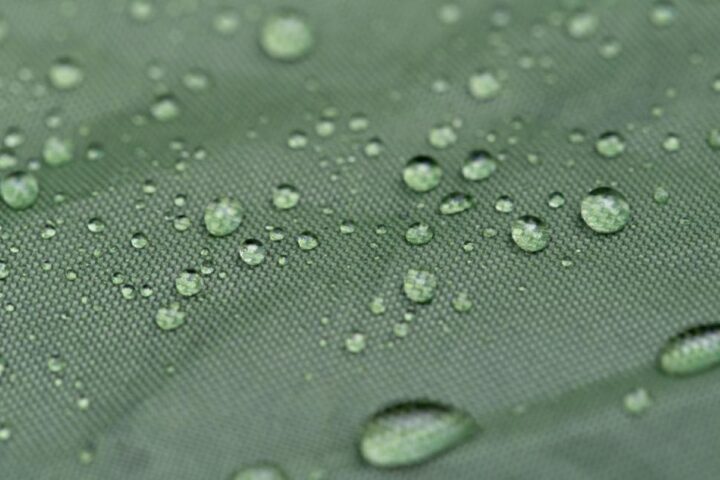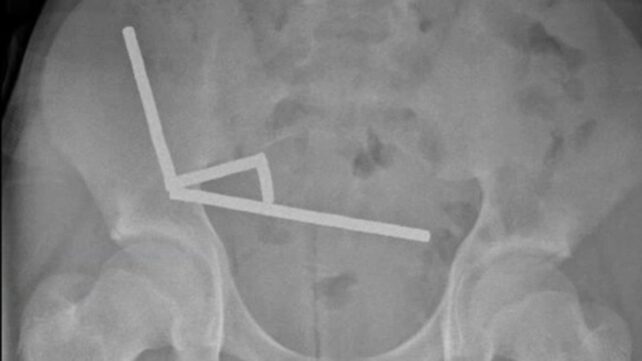Women live longer than men across most countries and throughout history. A new study traces this gap to deep evolutionary roots shared by many species in the animal kingdom.
Researchers at the Max Planck Institute for Evolutionary Anthropology analyzed lifespan data from 1,176 mammal and bird species. They found female mammals live on average 13 percent longer than males. In birds, the pattern flips – males typically live about 5 percent longer than females.
“Some species showed the opposite of the expected pattern,” says lead author Johanna Stärk. “For example, in many birds of prey, females are both larger and longer-lived than males.”
This pattern appears linked to genetics. In mammals, females have two X chromosomes while males have one X and one Y chromosome. Having two X chromosomes may protect females from harmful mutations. In birds, the system reverses – females have different sex chromosomes (ZW) than males (ZZ).
But chromosomes tell only part of the story. How animals mate and raise offspring also shapes lifespan.
More Posts
Males in species with intense competition for mates – common in mammals like gorillas and baboons – develop traits that help them reproduce but often shorten their lives. These include larger body size, fighting abilities, and risky behaviors.
Many bird species form lasting pairs, reducing competitive pressure. In these monogamous arrangements, males often live longer than in species where males compete intensely for multiple mates.
Parental investment matters too. The sex that invests more in raising offspring – typically females in mammals – tends to live longer. This gives an evolutionary advantage, especially in long-lived species like primates, where mothers need to survive until their young reach independence.
To test whether environmental pressures drive these differences, researchers compared wild and zoo populations. The lifespan gap narrowed in zoos, where predators and harsh conditions are absent, but rarely disappeared completely. This suggests both genetic and environmental factors contribute to sex differences in longevity.
These patterns mirror what we see in humans. Globally, women live about 76.2 years compared to men’s 70.9 years. In the United States, women live approximately 81 years versus 76 years for men. India shows a similar pattern, with women living between 72.5 and 74.1 years compared to men’s 68.5 to 71 years.
Modern medicine and improved living conditions have narrowed the gap in some countries but haven’t eliminated it – much like what researchers observed in zoo animals versus their wild counterparts.
The study reveals that living longer isn’t just about avoiding dangers. Deep biological differences between the sexes, shaped over millions of years of evolution, contribute significantly to lifespan differences.
Interestingly, women’s longer lives don’t always mean better health throughout those extra years. Recent health discussions point out that women often spend more years in poor health than men, highlighting the difference between living longer and living healthier.
Exceptions exist even among humans. Studies of American physicians found that women doctors don’t enjoy the same longevity advantage over their male colleagues as seen in the general population.
These findings suggest that while modern medicine and lifestyle changes can influence how long we live, the fundamental gap between male and female lifespans likely has roots too deep in our evolutionary past to disappear entirely.
